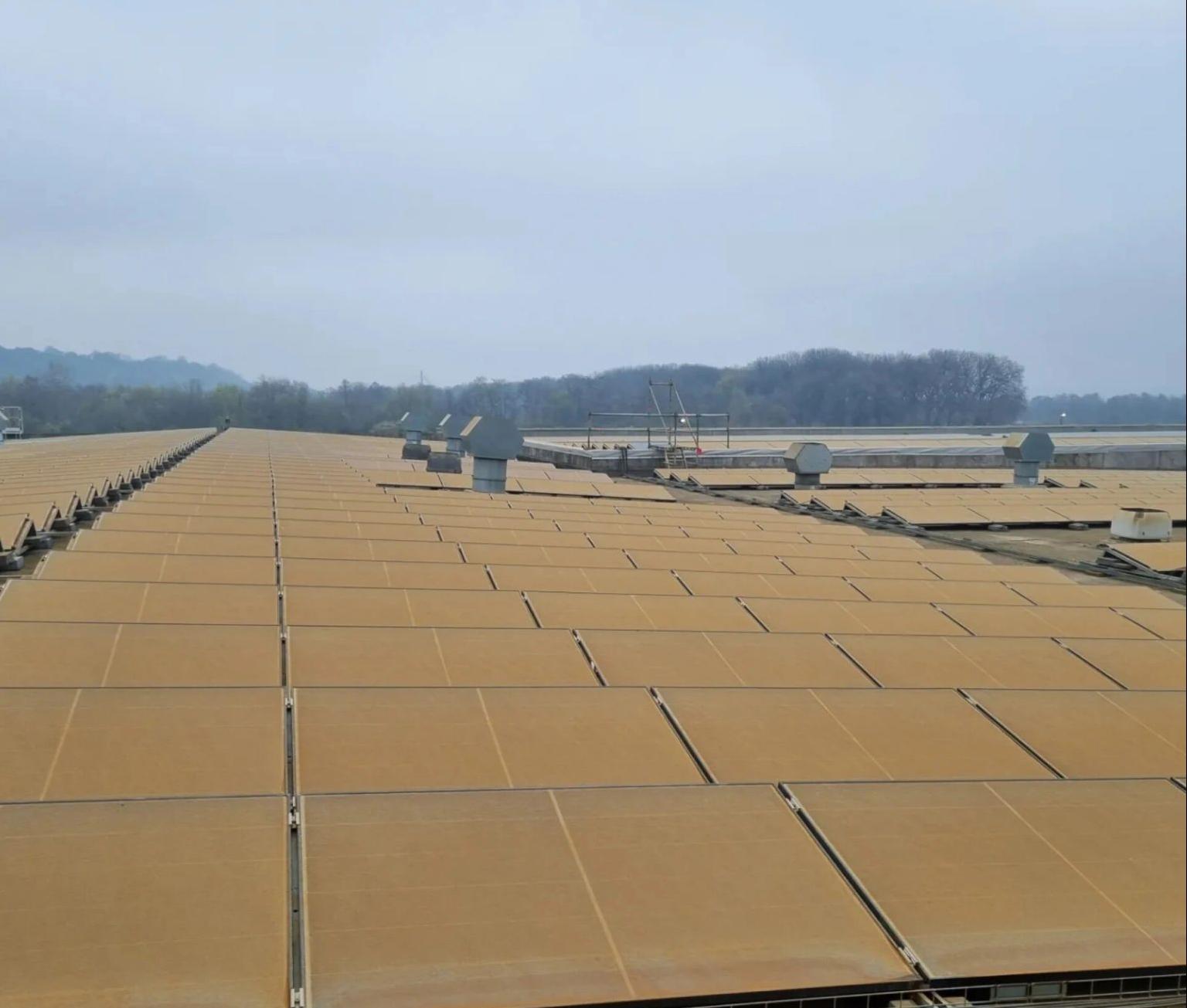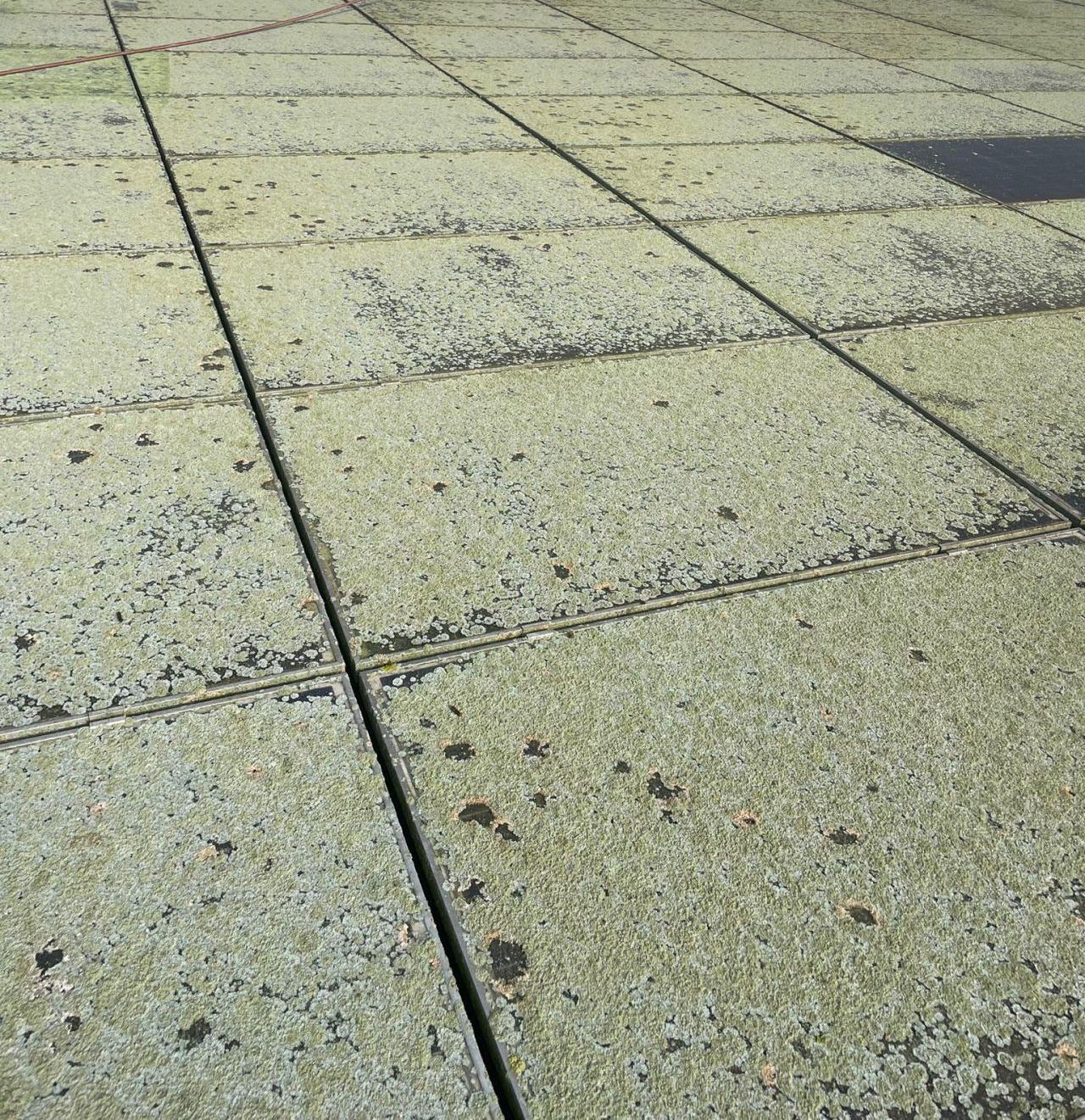Optimale Reinigungshäufigkeit für Solarmodule
Die Häufigkeit der Reinigung von Solarmodulen hängt von verschiedenen Faktoren ab, darunter Standort, Umgebungsbedingungen und Verschmutzungsgrad. Hier finden Sie eine detaillierte Übersicht über die zu berücksichtigenden Faktoren und die typischen Reinigungsintervalle:
Bitte beachten Sie die detaillierte Berechnungsmethode:Berechnungsformeln für Reinigungswirkung und -intervalle bei Photovoltaik-Kraftwerken
Umweltfaktoren
1. Industriegebiete
Solarmodule in Industriegebieten sind anfälliger für Verunreinigungen durch Schadstoffe wie Industriestaub, Öldämpfe und Säure-Basen-Partikel.
Reinigungshäufigkeit: Um eine optimale Leistung aufrechtzuerhalten, müssen diese Paneele möglicherweise häufiger, etwa alle paar Wochen, gereinigt werden.
2. Ländliche Gebiete und Wüstengebiete
In Gebieten mit hoher Sand- und Staubbelastung, wie etwa Wüsten oder Bergregionen, kann die Staubansammlung die Effizienz von Solarmodulen erheblich beeinträchtigen.
Reinigungshäufigkeit: Für die Paneele in diesen Bereichen kann eine Reinigung alle 4 bis 6 Wochen sinnvoll sein, insbesondere während der Trockenzeit.

3. Stadt- und Wohngebiete
In städtischen und Wohngebieten ist die Verschmutzung möglicherweise weniger stark, es kann jedoch dennoch zu Problemen mit Pollen, Vogelkot und allgemeinem Stadtstaub kommen.
Reinigungshäufigkeit: In diesen Bereichen ist eine Reinigung alle 6 bis 12 Monate im Allgemeinen ausreichend. In besonders staubigen oder verschmutzten Zeiträumen können jedoch häufigere Inspektionen und Reinigungen erforderlich sein.
Verschmutzungsgrad
1. Lichtverschmutzung
Leicht verschmutzte Platten, bei denen sich nur minimal Staub ansammelt, können jährlich gereinigt werden.
2. Mäßige Verschmutzung
Mäßig verschmutzte Paneele müssen möglicherweise alle 6 Monate gereinigt werden, um erhebliche Effizienzverluste zu vermeiden.
3. Starke Umweltverschmutzung
Stark verschmutzte Panels, auf denen sich schnell Staub und andere Verunreinigungen ansammeln, sollten alle 4 Monate gereinigt werden, um die Leistung aufrechtzuerhalten.
Der optimale Reinigungszyklus für Photovoltaikanlagen
- Bei leichter Verschmutzung ist eine Reinigung alle 7 Wochen erforderlich
- Mäßige Verschmutzung alle 1-2 Monate
- Starke Verschmutzung alle 1-2 Wochen
Hier sind die Reinigungsempfehlungen basierend auf verschiedenen Szenarien:
- Wüstengebiete: Leicht – wöchentlich, mittelschwer – 1-2 Mal wöchentlich, schwer – alle 3 Tage.
- Ländliche Gebiete: Leicht – alle 2 Monate, Mittel – 1–2 Monate, Schwer – monatlich.
- Städtische Gebiete: Leicht – monatlich, mittelschwer – 1-2 Monate, schwer – wöchentlich.
- Industriegebiete: Leicht – wöchentlich, mittelschwer – 1-2 wöchentlich, schwer – alle 3 Tage.
- Küstengebiete: Leicht – alle 3 Monate, Mittel – alle 2 Monate, Schwer – monatlich.
- Landwirtschaftliche Flächen: Leicht – alle 2 Monate, Mittel – 1-2 Monate, Schwer – monatlich.

Wetterbedingungen
1. Sonniges und trockenes Klima
In sonnigen und trockenen Klimazonen können sich Staub und Schmutz schneller ansammeln, sodass eine häufigere Reinigung erforderlich ist.
2. Nasses und feuchtes Klima
In nassen und feuchten Klimazonen kann natürlicher Regen dazu beitragen, einige der Verunreinigungen wegzuspülen, sodass weniger häufig gereinigt werden muss.
3. Besondere Wetterereignisse
- Sandstürme und Staubstürme: Nach Sand- oder Staubstürmen empfiehlt sich eine sofortige Reinigung, um einen langfristigen Leistungsverlust zu vermeiden.
- Starker Regen: Dauerhaft starker Regen kann Verunreinigungen wegspülen, kann aber auch zu Wasserflecken und anderen Rückständen führen, die gereinigt werden müssen.
Wirtschaftliche Überlegungen
1. Kosten-Nutzen-Analyse
Durch die optimale Reinigungshäufigkeit werden die Reinigungskosten (einschließlich Wasser, Arbeitsaufwand und Ausrüstung) mit den Vorteilen einer höheren Leistungsabgabe in Einklang gebracht.
Beispiel: Eine Studie der Guangzhou Development New Energy Co., Ltd. ergab, dass eine Reinigung alle 7 Wochen den wirtschaftlichen Nutzen von Solarmodulen auf Dächern an ihrem jeweiligen Standort maximiert.
2. Dynamische Anpassung
Einige fortschrittliche Systeme verwenden Sensoren, um die Sauberkeit der Solarmodule zu überwachen und den Reinigungsplan dynamisch anzupassen.
- Verwendete Sensoren: Staubsensoren, Regensensoren, Temperatursensoren und Durchflusssensoren können Daten liefern, um den besten Zeitpunkt für die Reinigung zu bestimmen.
- Algorithmus: Das System kann den Leistungsverlust durch Staub und die Reinigungskosten berechnen und so den Punkt ermitteln, an dem der Nettogewinn am höchsten ist.
Technische Überlegungen
1. Auswirkungen von Staub auf die Leistung
Staub kann die Effizienz von Solarmodulen je nach Schweregrad der Verschmutzung um bis zu 30% reduzieren.
Beispiel: Eine Studie hat gezeigt, dass eine 8-tägige natürliche Staubansammlung in stark verschmutzten Gebieten die relative Durchlässigkeit der Glasschicht um etwa 20% reduzieren kann.
2. Reinigungseffizienz
Durch eine wirksame Reinigung können die IV-Eigenschaften, die Oberflächentemperatur, der Kurzschlussstrom, die Leerlaufspannung, die Ausgangsleistung und die Lichtenergieumwandlungseffizienz von Solarmodulen wiederhergestellt werden.
Beispiel: Bei einem 8,2-MW-Solarkraftwerk im Kreis Dongyuan in der Provinz Guangdong konnten diese Parameter nach einer automatischen Reinigung deutlich verbessert werden.
Bewährte Methoden
- Regelmäßige Inspektionen: Führen Sie regelmäßige Sichtprüfungen durch, um den Verschmutzungsgrad zu beurteilen und festzustellen, ob eine Reinigung erforderlich ist.
- Sensorintegration: Überwachen Sie mithilfe von Sensoren die Sauberkeit und die Umgebungsbedingungen und ermöglichen Sie so dynamische Anpassungen des Reinigungsplans.
- Adaptive Reinigungsstrategien: Implementieren Sie adaptive Reinigungsstrategien auf der Grundlage von Echtzeitdaten, um die Reinigungshäufigkeit zu optimieren, die Kosten zu minimieren und gleichzeitig die Effizienz zu maximieren.
Abschluss
Die optimale Reinigungshäufigkeit für Solarmodule hängt stark vom jeweiligen Kontext ab. In Industrie- und Wüstengebieten ist eine häufigere Reinigung (alle 4 bis 6 Wochen) ratsam, während in städtischen und Wohngebieten oft eine Reinigung alle 6 bis 12 Monate ausreicht. Fortschrittliche IoT-basierte Systeme können dabei helfen, den Reinigungsplan an die jeweiligen Bedingungen anzupassen und so maximale Effizienz und wirtschaftliche Vorteile zu gewährleisten.